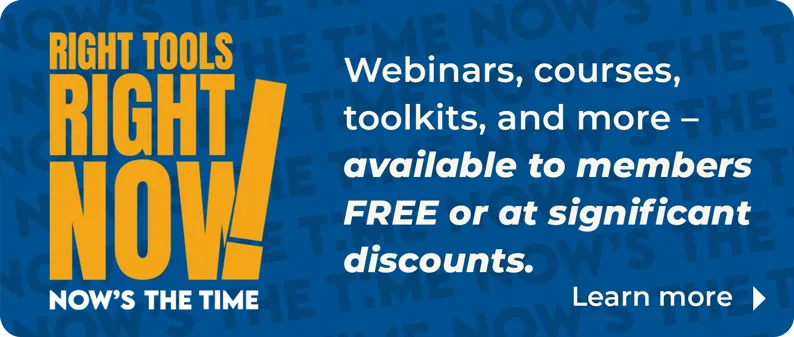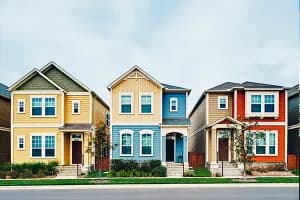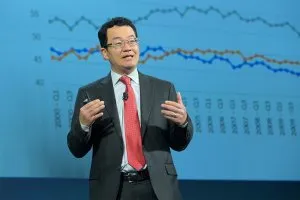Many buyers share the same story: They work hard, earn a steady income, and save what they can. But buying a home still feels out of reach. With higher home prices and elevated mortgage rates, affordability remains the greatest barrier to homeownership.
That's why a new idea has been proposed:: the 50-year mortgage. The thinking is that if a mortgage can be stretched from 30 to 50 years, monthly payments would be smaller, making homeownership achievable to more families. But what would this really mean for affordability and wealth building over time?
Let's explore the opportunities and the trade-offs of these longer loans.
The opportunity: lower monthly payments, broader access
There is no doubt that the 50-year mortgage does what it promises. It makes monthly payments smaller. But, how much smaller?
For a $420,000 home with 20% down and a 6.3% interest rate, the 30-year mortgage payment (principal and interest) is about $2,080. What would the payment be with a 50-year mortgage? Because longer loans usually have higher rates, let's assume 6.8% for a 50-year term. In that case, the monthly payment drops to around $1,970 . This saves about $110 per month.
That difference might not seem substantial, but for families just below the qualifying threshold, it's significant. The required income to buy the median-priced home falls from $99,840 to $94,560. That shift makes homeownership achievable for approximately 3.4 million additional U.S. households. This is about the number of households in the Dallas metro area. In today's market, this is a meaningful difference.
The trade-off: slower payoff, higher lifetime cost
Of course, everything in life comes with a trade-off, and that's also true when a mortgage is spread over half a century. The buyer saves money each month but pays much more over time. Over 50 years, the total cost of the home would rise to roughly $1.2 million, with nearly $850,000 in interest. This is about $433,530 more than the 30-year loan. And because the principal decreases more slowly, it takes almost 40 years to pay off half the loan balance.
Thus, the 50-year mortgage simply reshapes the timeline of homeownership, reducing the financial strain in the early years while extending the repayment horizon. For younger buyers or households expecting higher income, it can serve as a stepping stone to ownership, providing time to stabilize financially, build credit, and eventually refinance into a shorter-term loan.
See in the table below how the numbers change at different price levels.
The long view: building equity over time
While it's true that the early years of a 50-year loan build equity slowly, that doesn't mean homeowners can't accumulate meaningful wealth. Over time, home price appreciation can become the main driver of equity gains.
Returning to our previous example, assuming a 6.8% rate for a $420,000 home with a 20% down payment, the homeowner begins with $84,000 in equity, their initial investment. Because the loan amortizes very slowly, only about $14,000 of principal would be paid down after the first 10 years.
If home prices rise modestly—for instance, 2% per year—equity can still compound significantly. After 10 years, a homeowner with a 50-year mortgage could see their home appreciate from $420,000 to over $512,000. Even with limited principal paid down, their total equity could approach $190,000; a real and significant source of wealth.
By year 20, assuming steady appreciation, that equity grows to more than $325,000. It's slower than the 30-year path, yes, but still powerful, and still far larger than what a renter might accumulate over the same period. A 50-year mortgage delays equity growth, but it doesn't eliminate it. Housing equity can still be built through price appreciation, even while mortgage payments add only a small amount.
When a 50-year mortgage could make sense
For some buyers, the longer term might provide exactly the flexibility they need.
- First-time buyers who are stretching to enter the market could use a 50-year mortgage to reduce early payments and refinance later once their income rises.
- Younger households might benefit most, starting with smaller payments and using appreciation to build equity that funds future moves or upgrades.
- High-cost markets could also benefit, as smaller monthly payments may help more renters to transition into homeownership.
The bigger picture: stretching payments won't fix the shortage
Even if a 50-year mortgage broadens access, it doesn't address the real reason affordability remains so difficult: There aren't enough homes at the price points that most people can afford to buy. Without expanding supply to better align with people's incomes, these longer loan terms simply increase competition for the same limited inventory. It might help individual buyers, but it won't solve the mismatch between supply and demand that keeps prices high.
Real progress will come from building more homes, particularly in the low- and middle-price ranges, where most would-be buyers are concentrated. NAR estimates that the market currently lacks about half a million listings priced at or below $260,000 to reach a more balanced level of supply.
The takeaway: a longer path can still lead to ownership
The 50-year mortgage offers slightly smaller monthly payments for families who are otherwise priced out, while giving them a chance to participate in the wealth-building potential of homeownership. Because at the end of the day, homeownership is about security, stability, and the long game of financial growth. And the numbers clearly show that housing equity can even be built through price appreciation.









